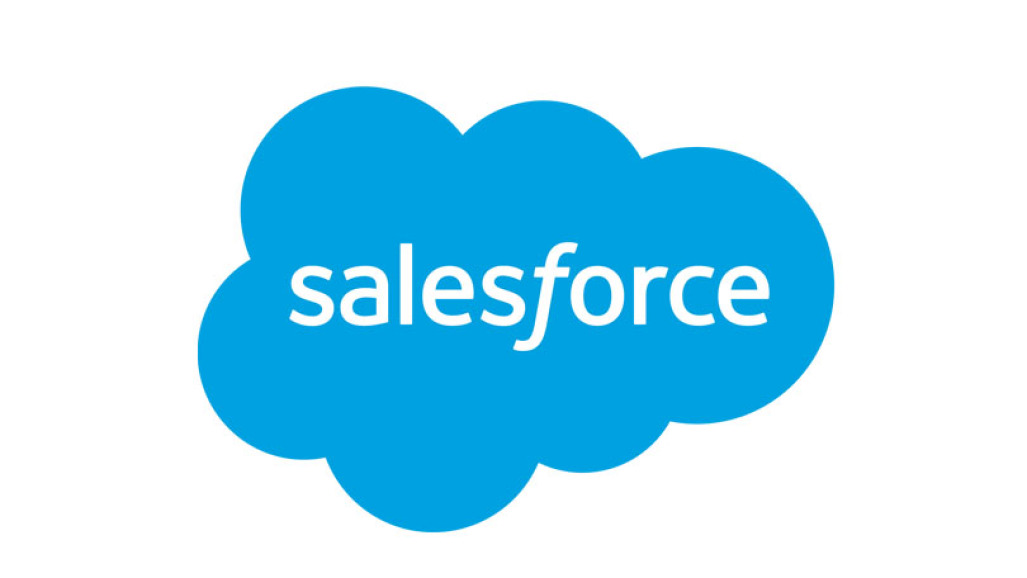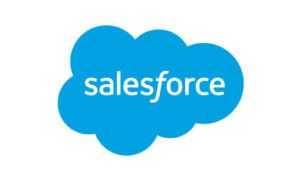In the dynamic landscape of modern business, data security is of top priority. As organisation’s increasingly rely on cloud-based solutions for their operations, ensuring the security of sensitive information has become more important than ever. Salesforce, the leader in cloud-based customer relationship management (CRM) platforms, provides developers with powerful Apex class tools.
In this article, we’ll delve deeper into the world of Salesforce Apex Class, understand its importance, and explore the top security practices associated with it.
Introduction to Salesforce Apex Classes
Salesforce Apex Classes is a server-side programming language specifically designed for the Salesforce platform. It allows developers to build custom business logic and functionality within a Salesforce application. As businesses increasingly rely on Salesforce for their customer management and business processes, Apex Class security becomes paramount.
Role of Apex Classes in Salesforce Development
Apex classes serve as the basis for customizing and extending Salesforce capabilities. It enables developers to create triggers, controllers, and extensions that execute on the Salesforce platform. These functionalities streamline workflows, automate processes, and enhance the user experience.
Importance of Safety in Apex Class
Given the sensitive nature of data managed within Salesforce applications, security is an important consideration. Malicious attacks, data breaches and unauthorised access can have serious consequences. Salesforce Apex Class, when implemented with proper security measures, ensures that data is protected from these threats. Click here to check out apex class security salesforce documentation.
Security Best Practices for Salesforce Apex Class
Data Validation and Input Sanitisation
Validating and sanitizing user inputs is vital to prevent code injection attacks. Apex Class should validate inputs, ensuring they conform to expected formats, and sanitize them to eliminate any potentially harmful characters.
SOQL Injection Prevention
SOQL (Salesforce Object Query Language) injection attacks can exploit vulnerabilities in queries. Developers should use parameterized queries to prevent attackers from manipulating queries and gaining unauthorized access.
Secure Coding Standards
Following secure coding standards helps in writing robust and secure code. This includes adhering to naming conventions, using appropriate variable types, and avoiding hardcoded sensitive information.
Authentication and Authorization
Implement strong authentication mechanisms to ensure that only authorized users can access Apex Class functionalities. Additionally, enforce fine-grained authorization controls to limit access based on user roles and responsibilities.
Exception Handling
Effective exception handling enhances both security and user experience. By providing meaningful error messages to users and logging detailed error information, developers can identify potential security issues and respond promptly. Always include Try & catch blocks in your code to catch if there is any exception.
Regular Security Audits
Conduct regular security audits to identify vulnerabilities and weaknesses in Apex Class code. Regular assessments help in staying ahead of emerging security threats.
Secure Communication
Ensure that communications between Apex Class and external systems or APIs are encrypted using secure protocols. This prevents attackers from intercepting sensitive data during transmission.
Code Review and Static Analysis
Thoroughly review Apex Class code and perform static code analysis to identify vulnerabilities before deployment. Code review involves experienced developers scrutinising the code for security flaws. PMD is best for coading review.
Implementing Security Measures in Apex Class
Understanding the Data Flow
Map out the data flow within your Apex Class to identify potential security risks. Understanding how data is processed and transferred helps in pinpointing areas that require extra security measures.
Implementing Parameterised Queries
Replace inline queries with parameterized queries to prevent SQL injection attacks. Parameterized queries separate user input from SQL code, rendering attacks ineffective.
Using Salesforce Shield
Leverage Salesforce Shield, a premium offering, to enhance data protection within your Apex Class applications. Shield provides audit trail,encryption, monitoring, and threat detection capabilities.
Apex Class and Modern Cloud Security Challenges
Mitigating Insider Threats
Insider threats are a concern in cloud environments as well. Proper access controls, monitoring, and role-based permissions within Apex Class can help mitigate these risks.
Securing Data at Rest and in Transit
Encrypt data both at rest and in transit. Apex Class should use encryption mechanisms to protect sensitive data stored within Salesforce and during communication.
Addressing Compliance Requirements
Different industries have specific compliance requirements. Apex Class should be developed with these regulations in mind to ensure data handling aligns with legal standards.
Apex Class vs. Traditional Development Practices
Data Security and Access Control
Apex Class offers inherent security features within Salesforce applications, simplifying data security and access control compared to traditional development.
Efficiency and Scalability
Apex Class streamlines development processes, allowing for more efficient coding and rapid application deployment. It also scales seamlessly to accommodate growing business needs.
Step-by-Step Guide to Implementing Security in Apex Class
Threat Assessment and Requirement Analysis
Begin by identifying potential threats and assessing security requirements specific to your application. Understand the data you’re working with and the potential risks it faces.
Code Design and Implementation
Design Apex Class code with security in mind from the outset. Incorporate security best practices into your coding process, including input validation, proper error handling, and encryption.
Testing and Validation
Thoroughly test your Apex Class code for vulnerabilities and security flaws. This includes penetration testing, code review, and testing in various scenarios to ensure its resilience.
Future Trends in Salesforce Apex Class Security
AI-Driven Threat Detection
Artificial intelligence and machine learning will play a significant role in identifying and mitigating threats within Apex Class applications, enhancing proactive security measures.
Zero Trust Architecture
The concept of Zero Trust Architecture, which assumes no inherent trust, will influence how security is implemented within Apex Class. Access controls will become more granular and dynamic.
Conclusion
Salesforce Apex Class empowers developers to create powerful and customised functionalities within Salesforce applications. However, with great power comes great responsibility, and ensuring the security of Apex Class is paramount. By adhering to security best practices, developers can confidently harness the capabilities of Apex.
FAQs
- Can I update my existing Apex classes to use the latest Salesforce API version?
- Yes, you can update your existing Apex classes to use the latest Salesforce API version. However, thorough testing is recommended to ensure compatibility.
- What is the significance of the principle of least privilege in Apex development?
- The principle of least privilege ensures that users and processes have the minimum access necessary to perform their functions, reducing the risk of security breaches.
- Are there automated tools available for static code analysis in Salesforce Apex?
- Yes, tools like Salesforce PMD and other third-party static code analyzers can be used for automated code reviews and identifying potential security issues.
- How often should I review my Apex code for security vulnerabilities?
- Regular code reviews should be conducted as part of the development process. The frequency depends on the project’s size and complexity but should be done at least during major releases.
- Where can I find Salesforce security advisories and updates?
- Salesforce publishes security advisories and updates on the Salesforce Trust website. Regularly check this resource for the latest information on security measures and patches.
Click here to learn about SOQL relationship queries.








1 thought on “Salesforce Apex Class and Its Security Best Practices 2024”